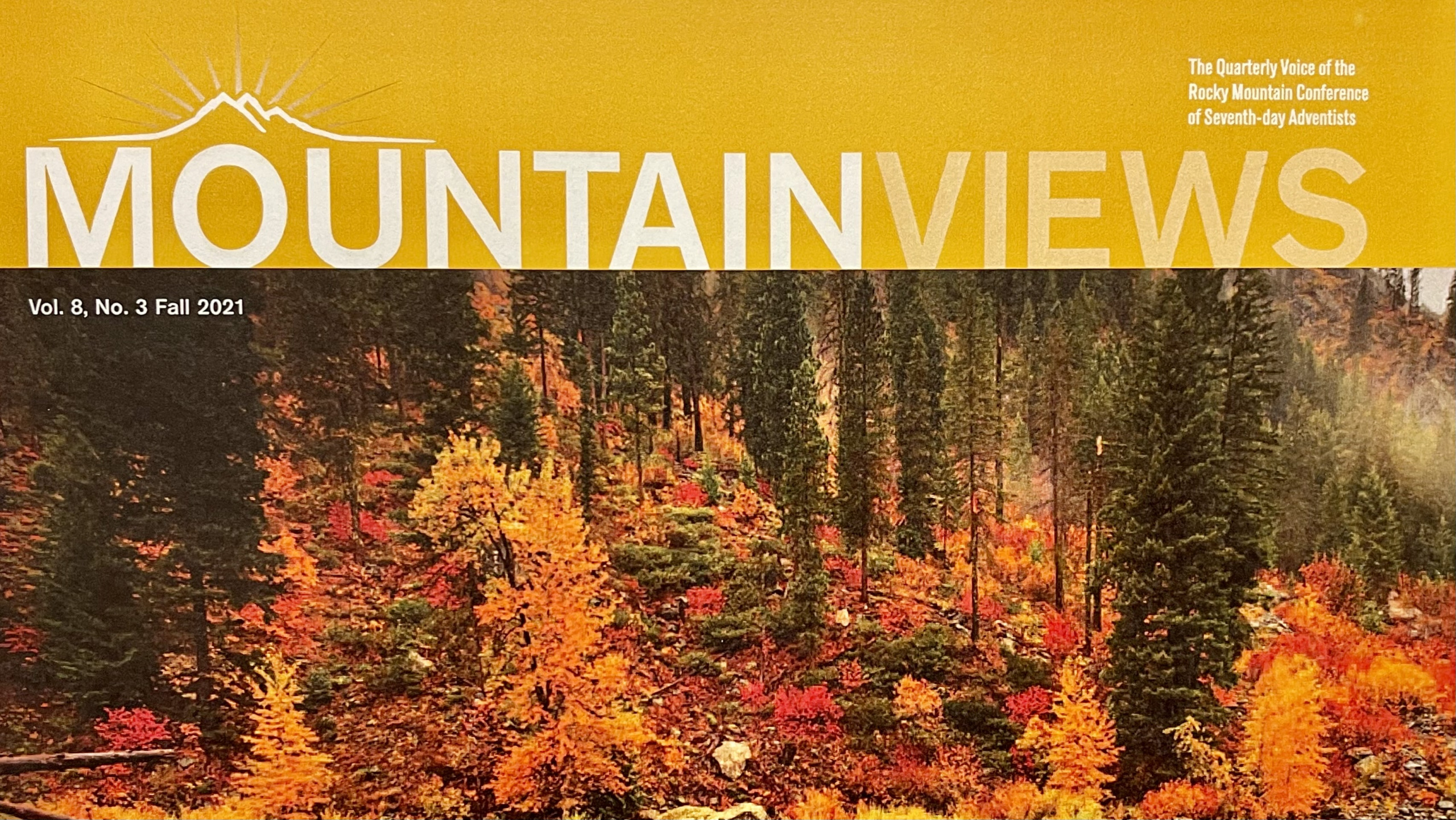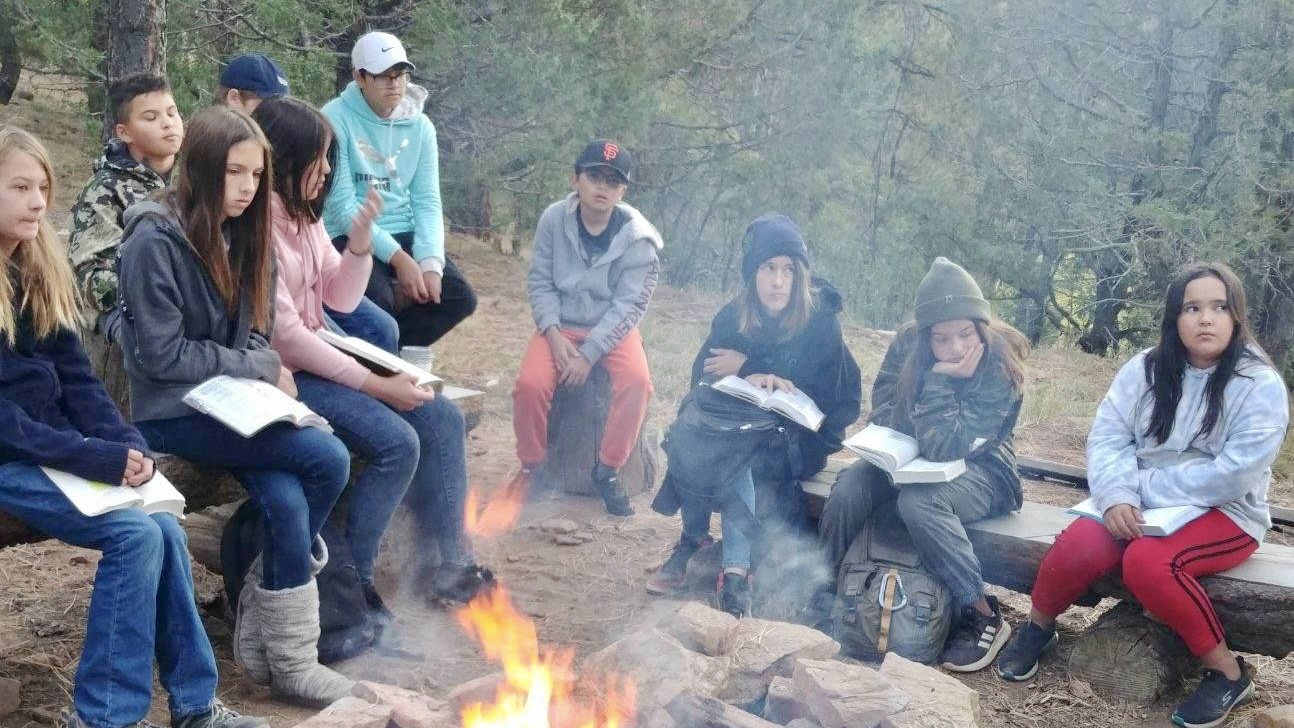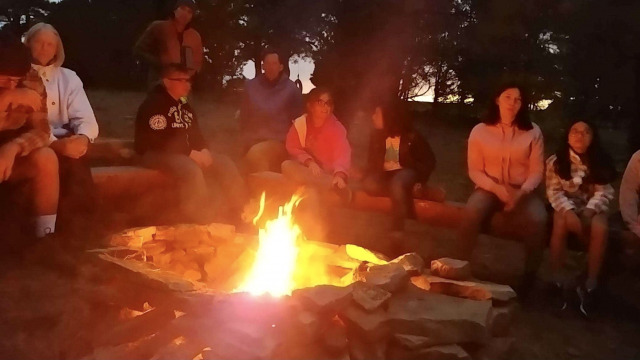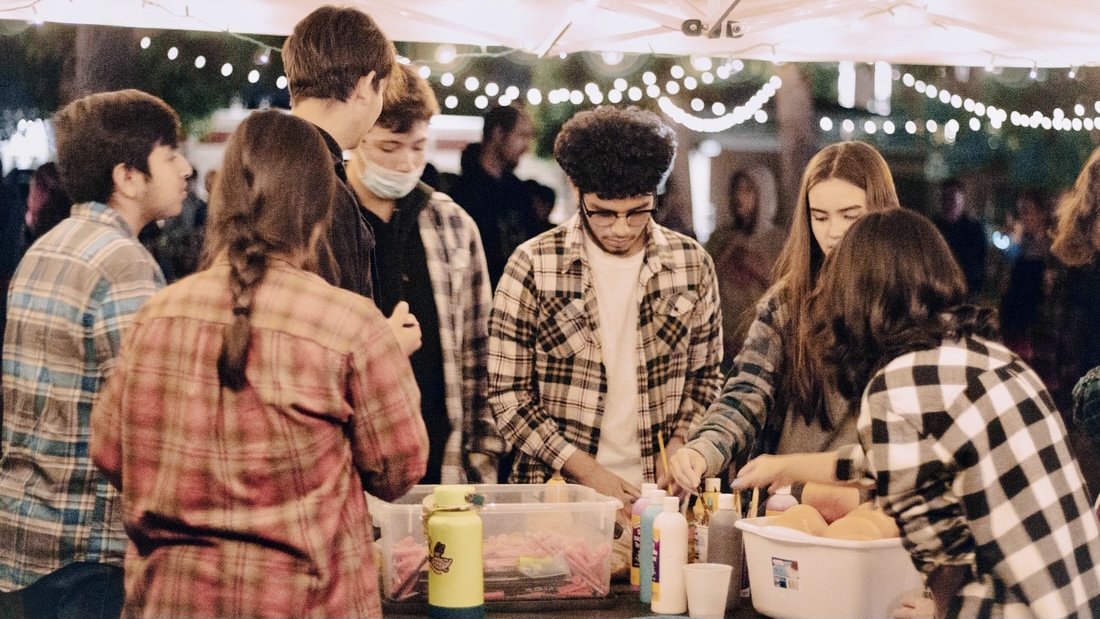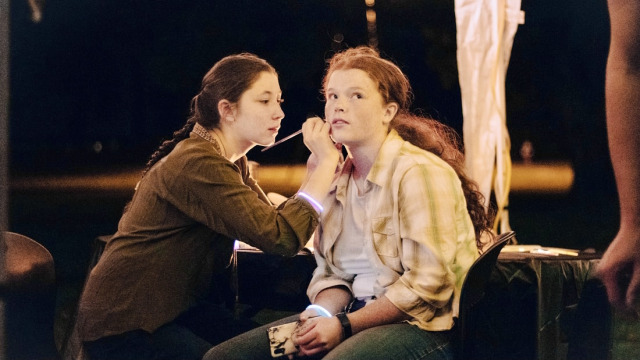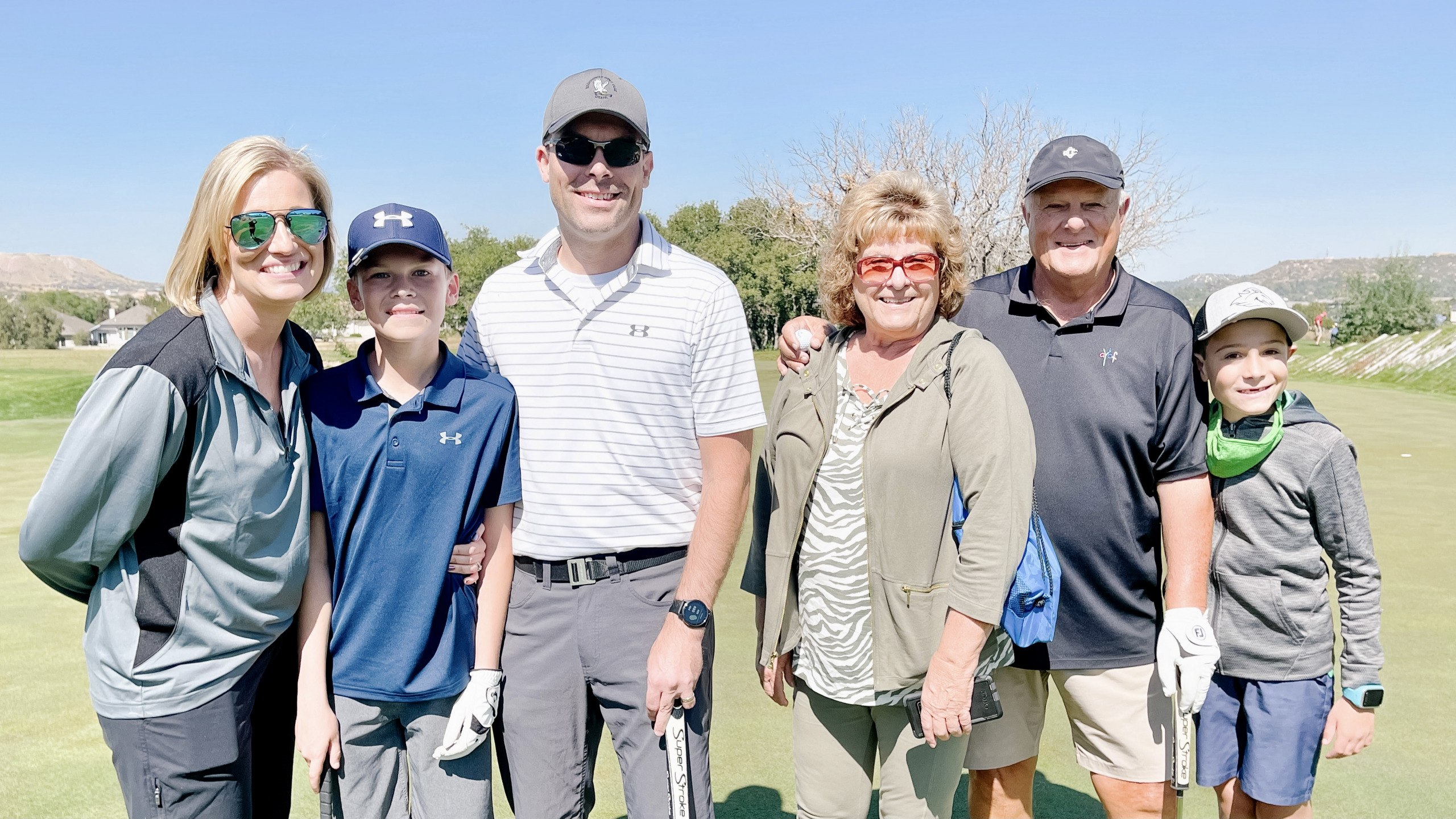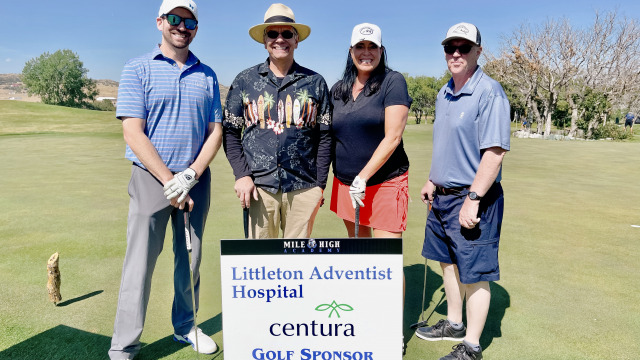By Reinder Bruinsma — Imagination is a wonderful gift. Children use their imaginations as they play and transform a few cardboard boxes into a castle. Walt Disney once stated that Disneyland will never be completed but will continue to grow if there is imagination left in the world.
As a ten-year-old Dutch boy, my imagination worked overtime as our schoolteacher told us about his vacation trips to Hungary, and as he mentioned that very few people had ever been to Albania. Little did I know that what I imagined would just a few decades later become reality when I represented the church in numerous meetings in Hungary and Albania and in dozens of other countries.
William Blake (1757–1827), the famous English poet, painter, and printmaker, already stated in his days: “What is now proved was once only imagined.” The nineteenth century adventurer and novelist Jules Verne (1826-1905) imagined that people would one day build a vehicle that would allow them to travel through the air at great speed. As I write this article, the ultra-rich businessmen of this planet compete with their rockets and space capsules to show the world which of them can reach the farthest beyond the earth’s atmosphere. And they imagine how their expensive hobby can he turned into a money-making tourist industry.
Illusion and Imagination
Dictionaries define imagination as the faculty of the human mind to form new ideas or concepts of things that are not present to the senses. Imagination has to do with what can become reality through visionary thinking, commitment, and perseverance. It is more than mere optimism or wishful thinking. It also differs from illusion, which results from fantasy and will often mislead us rather than take us to our eagerly desired destination. Imagination provides a mental picture of what may become reality. Christians see imagination first and above all as God’s gift to successfully navigate this life, with the Holy Spirit as their compass. God created human beings with the capacity for imagination, to enable them to unlock their full potential.
The Bible uses several words for the concept of imagination. Different Bible translations employ different terms—some use the actual words “imagine” or “imagination.”
As with all God-given possibilities, men and women have not always used the gift of imagination as God intended. In the time just prior to the great flood, people had lots of imagination, but of the wrong kind. “God saw that the wickedness of man was great in the earth, and that every imagination of the thoughts of his heart was only evil continually” (KJV). The New Living Translation tells us that, what the people in Noah’s day “thought or imagined was consistently and totally evil.” The apostle Paul reports that many whom he categorized as belonging to “the wicked,” had become “vain in their imaginations” (Romans 1:21, 21, KJV). And Jeremiah refers to false prophets who “tell a vision of their own imagination, not from the mouth of the Lord (Jeremiah 23:16, NASB). These and other texts in the Bible warn us to control our imaginations, and to direct them to whatever is positive and in line with Christian discipleship. Philippians 4:7 (NLT) is very clear: “Fix your thoughts on what is true, and honorable, and right, and pure, and lovely, and admirable. Think about things that are excellent and worthy of praise.” This is the basis of the right kind of imagination.
Holy Imagination
In Colossians 3:1-4, Paul directs the imagination of believers in the church in Colossae to “things above.” He refers to what we might call “holy” or “sanctified” imagination: “Set your hearts on things above, where Christ is, seated at the right hand of God. Set your mind on things above, not on earthly things” (Colossians 3:1, 2, NIV).
These words apply to all of us, but especially to those who are leaders or aspire to lead—in society at large as well as in the church. We do not need the kind of leaders who will just “look after the shop,” but leaders who have imagination—who see possibilities where others can see only challenges. The church can only flourish if it has leaders who possess a large measure of creative imagination, and who allow the Spirit to guide them in transforming their vision for the church into a blessed reality.
If there is one topic which invites the use of our sanctified imagination, it is the eternal future that God has in store for His children. There is no limit to where our imagination may lead when we contemplate the bliss of salvation: “No eye has seen, no ear has heard and no one’s heart has imagined all the things that God has prepared for those who love Him” (1 Corinthians 2:9, Complete Jewish Bible).
The Church I Imagine
I remember how, in my teenage years, the pastor of our small congregation mentioned in his sermon that “our” church had now passed the one-million-member mark. I could not imagine that our small denomination (our family were the only Adventists in the village where we lived!) would in my lifetime develop into a worldwide denomination of more than twenty-two million members, who worship in some 90,000 congregations.
The Adventist Church has been my life. I have seen many wonderful things in my church. During my long denominational career, the church has been good to me and given me a very interesting and satisfying life. I acquired a large international network of colleagues and friends. But now, in my retirement years, I am realistic enough to acknowledge that the church faces many problems and that an unfortunate degree of polarization causes severe tensions. And while the denomination continues to grow in many countries, we note that the rate of growth is slowing down, and that large numbers of young, and not so young, members leave the church. At times this depresses me and makes me wonder whether the best days of Adventism are behind us. However, I keep telling myself that these thoughts of disappointment and concern must not be allowed to dominate my thinking. The church continues to have a promising future. Why? Because, when all is said and done, the church is not “my” church, or “our” church, but it is God’s church.
It is at this point that our sanctified imagination comes into play in a special way. What the church can be in the future depends to a large degree on what we imagine the church can be like. Our imaginings can inspire us to invest all our energy and spiritual power into making the church truly a place where God meets us and where the sense of being a community of Christ-followers fills what we believe and practice.
Let me share with you, who read this article, how my imagination helps me to envision the Adventist Church of the, hopefully near, future. First, I imagine a church that is able to change and to adapt in such a way that it responds with 21st century answers to 21st century questions. I long for a church where genuine fundamental unity prevails at all levels of our denominational structure, exhibiting a rich diversity in the way we express our convictions and practice our principles—in a fruitful dialogue with the cultural world in which we happen to live.
My imagination is focused on what it means to be a faith community, in which people have a sense of true belonging. I imagine a community that has a “safe” space for all, regardless of gender, sexual orientation, ethnicity, physical or mental handicap, profession, education, or economic status. I imagine a community that will inspire seekers for meaning and truth and welcomes doubters; that will not constantly judge the doctrinal orthodoxy of its members but recognizes that we all carry a different kind baggage and are at different stages in our spiritual pilgrimage. In my imagination I see a group of believers who want to serve the wider community, inspired by the values of justice, equality, and peace. I imagine church services that are innovative, inspiring, and deeply spiritual; that attract new believers and are meaningful for those who have never been regular churchgoers, while they are also by long-time members.
This vision may seem an unrealistic illusion to those who no longer see a future for the church. They may regard it as no more than pie in the sky. They may feel that the present condition of the church in many places around the world gives us little reason for hope that the church can change and become more relevant. But I continue to believe that God will not forsake His people. He wants us not to give up on His church, because He will not abandon it.
However, our imagination must not be built on the idea that we have the required skills and the capacities to turn our imaginings into reality. It must be based on the biblical principles of what the church is in its essence. It is the body of Christ, of which we all are members, with different roles. Together we form a “kingdom of priests”—whatever our gender or status in society may be (Galatians 3:26-28). Together we are God’s extended family.
Let’s never forget that our sanctified imagination can give us a vision of what can happen to the church if we leave enough space for the Spirit.
–Reinder Bruinsma, PhD, has served the Seventh-day Adventist Church in publishing, education, and church administration on three continents. He writes from the Netherlands where he lives with his wife Aafie. Among his latest books are “I Have a Future: Christ’s Resurrection and Mine” and “He Comes.” Email him at: [email protected]

